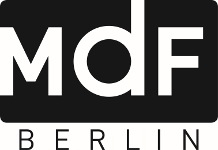Themes
“Upheavals and Utopias. The Other Europe”
What do we mean by Europe today, as opposed to the past?
War, freedom, exultation, protest, standstill, crisis, the discovery of new and old cultures, equal rights, tolerance, identity, intimacy, faith, sexuality, fashion, and the everyday are some of the aspects shaping public life in Europe that are brought to bear in the festival. Europe is frequently defined according to its borders. This poses a variety of questions concerning, for instance, the ways in which extreme or gradual changes and rejections are experienced; how utopias impact our idea of the future; what perspectives are currently emerging; and how the other and the foreign enrich our lives and culture. The 6th European Month of Photography Berlin embarks on a journey of discovery, responding to these questions with historical and contemporary exhibitions.
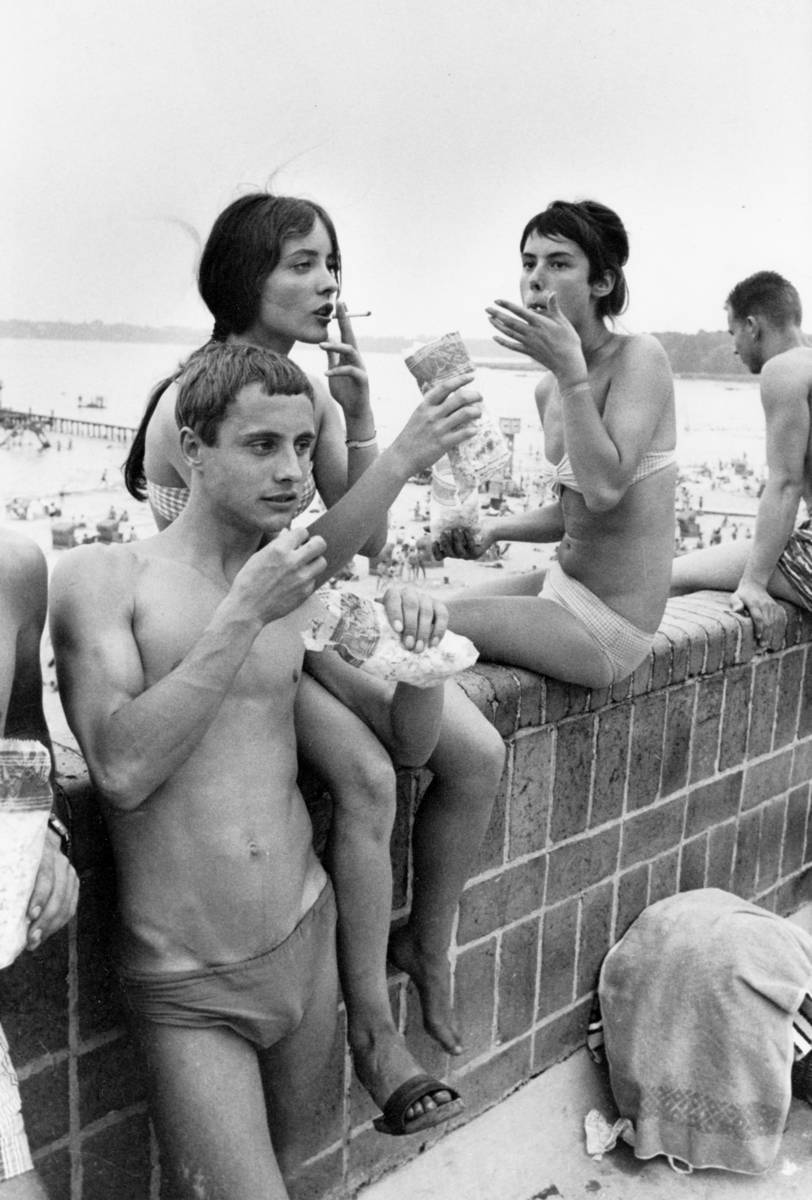
Historic Encounters
Since the beginning of the last century, Europe has undergone radical and fundamental change. Wars have caused inconceivable devastation; the political thinking and action that led to them and that in turn grew out of them, coupled with economic and cultural developments, have shaped Europe and made it into the ever-changing structure we are familiar with today. Photography has recorded many events, both seminal and everyday, and we are learning to use our current state of knowledge and experience to evaluate these in new and more discerning ways. This current approach to events of the past makes the exploration of history as it’s been captured photographically so important: seen from today, photography from World War I is considered a technological instrument of war and propaganda; a glimpse into the Stasi files testifies to espionage of the private sphere; and the many different photographic documents of everyday life, whether worldly or seemingly unassuming, put us in touch with the culture of former times.
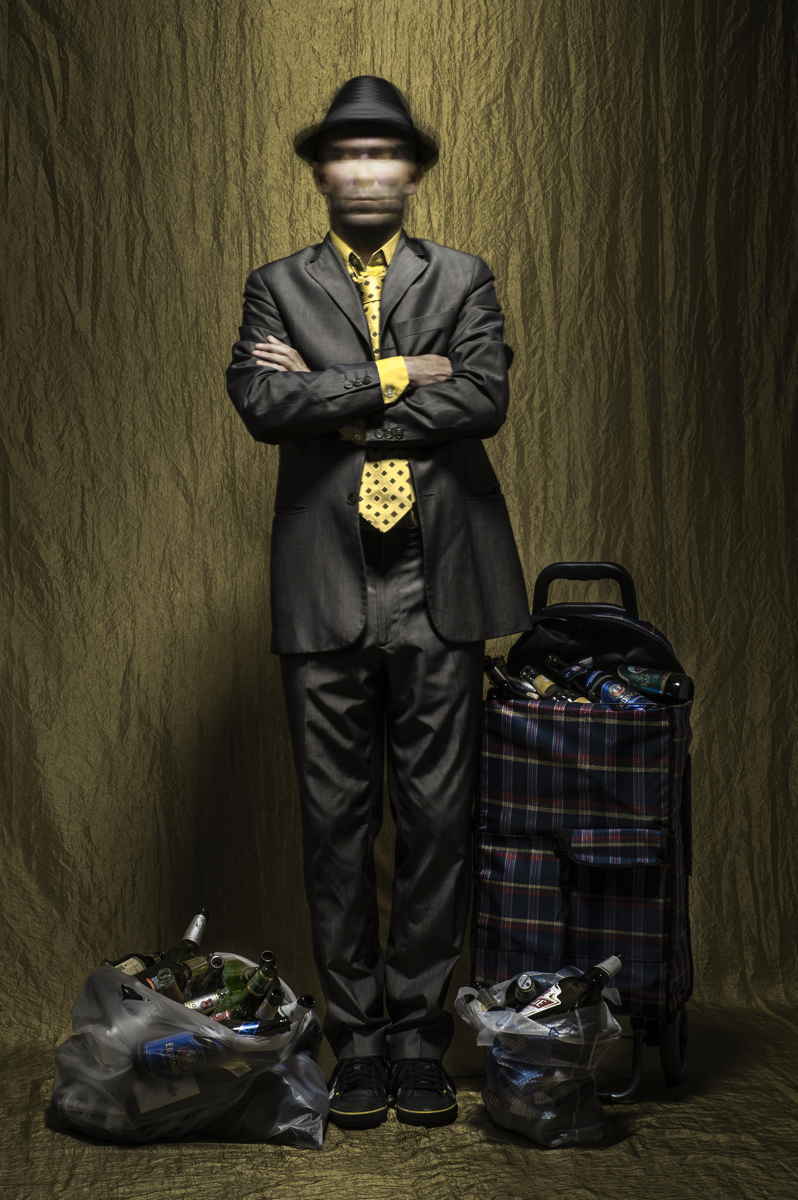
Social Changes
Political upheavals, fashion trends, and social transformation are all precisely registered in the medium of photography. Often enough, it’s not the exemplary nature of photography that sharpens our attention, but the focus on individual elements that makes change visible. Barely perceptible developments, captured on photosensitive paper, become particularly evident at a historical distance, awakening curiosity and inspiring reflection. Social change is an ongoing, unfinished process; when accompanied by photography, it can provide understanding of what needs to be re-evaluated or requires further intervention. This includes the photographic memory of the peaceful German revolution of 1989, the change in what we refer to as the zeitgeist, and the transforming forces of modernity, captured in all its happy and depressing guises.
A TRANS (ISTANBUL/PORTRAIT); alte feuerwache. Projektraum; Atelier für Fotografie; BEST-Sabel Designschule Berlin, Bezirksamt Spandau; Botschaft von Luxemburg; Browse Gallery (25 Years After the Fall of the Berlin Wall, Frostbite); Carpentier Galerie; Collegium Hungaricum Berlin (Chiselled Freedom, Urban Worlds); Das Foto Image Factory, Europäischer Monat der Fotografie Berlin, f/16 Schule für Fotografie, Fotomarathon Berlin; Franz-Mehring-Platz; Galerie Albrecht; Galerie Gondwana; GALERIE im RATHAUS TEMPELHOF; GALERIE im TEMPELHOF MUSEUM; Galerie in der Humboldt-Bibliothek; Galerie Mönch Berlin; Galerie Seitz & Partner; Galerieetage Alt-Hermsdorf; Gestalten Space; Helmut Newton Stiftung; ifa-Galerie Berlin; KEHRER BERLIN Galerie; Kominek Gallery; Kommunale Galerie Berlin; Loock Galerie; LORIS; Louis@Nicéphore Fotopioniere; Meinblau Projektraum; Mitte Museum; Mittelpunktbibliothek Köpenick; Movement for Galleries Berlin; Museum Köpenick; Museum Pankow; only photography; pavlov‘s dog; Polnisches Institut Berlin, Wander Atelier
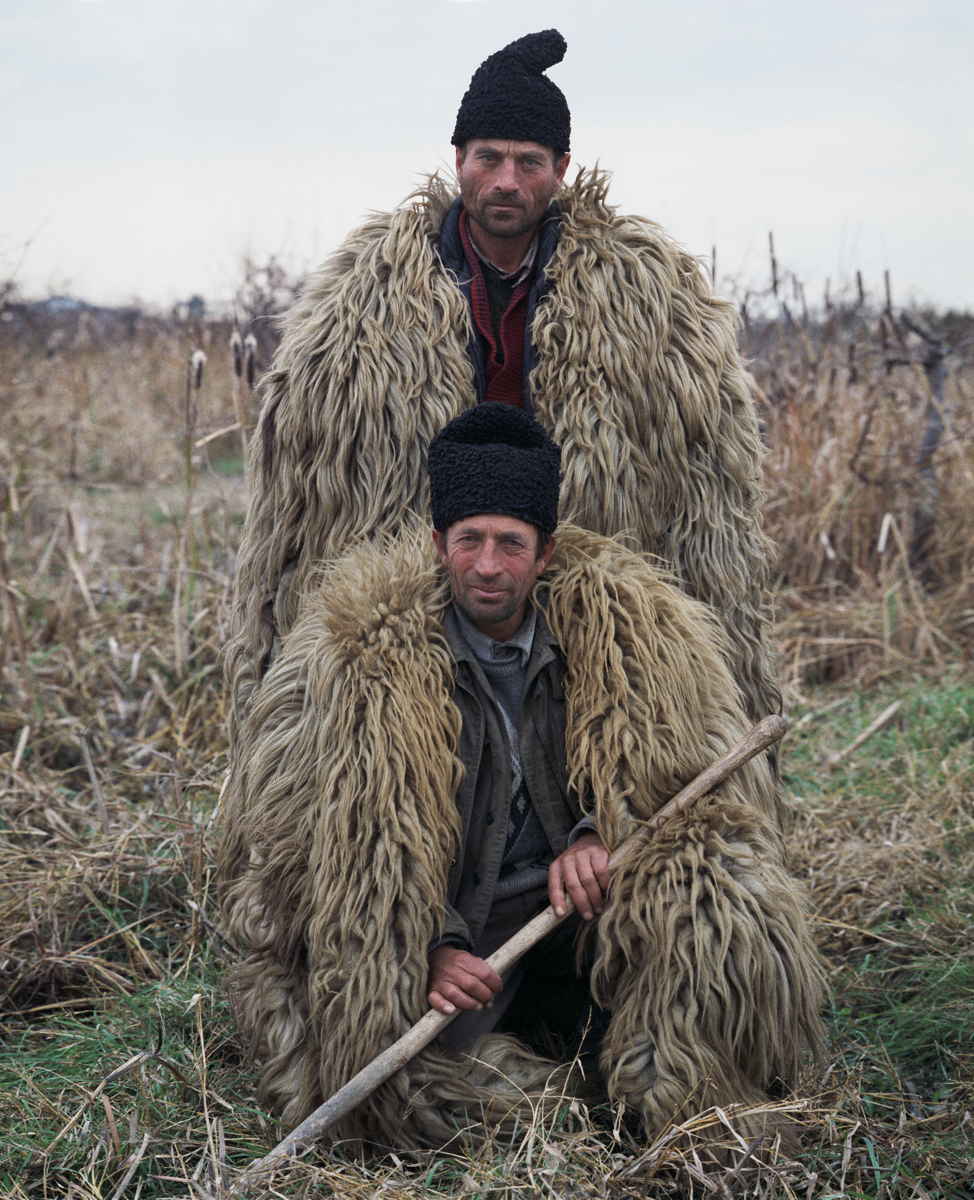
Social Portraits
Hardly anything says more about a person than his or her gaze captured in a photograph – even when it’s denied. A kind of quintessence of social life, the portrait has changed our image of the world in a lasting way, while its respective surroundings help us put social conditions and circumstances into context. These images of people – individuals observed at work or engaged in important or inconsequential actions; refugees; children at the very start of their life’s journey – in turn play their own active role in public events, recording intolerable conditions, exerting liberating effects, and registering standstill and transformation alike. Standing before the camera, they acquire a momentary confidence and create a space for their situation and our reaction to it, for our view of the circumstances involved and of our social counterparts.
25books; a|e GALERIE; Art Gallery Dencker + Schneider; Botschaft von Irland; Botschaft von Litauen; CAMERA WORK; FHXB Friedrichshain-Kreuzberg Museum; Galerie im Saalbau; Galerie Kai Dikhas; Galerie WAGNER + PARTNER (Erwin Olaf); imago fotokunst; Industriesalon Schöneweide; Jörg Maaß Kunsthandel; Presse- und Informationsamt der Bundesregierung: Deutscher Jugendfotopreis; Sprechsaal; WHITECONCEPTS
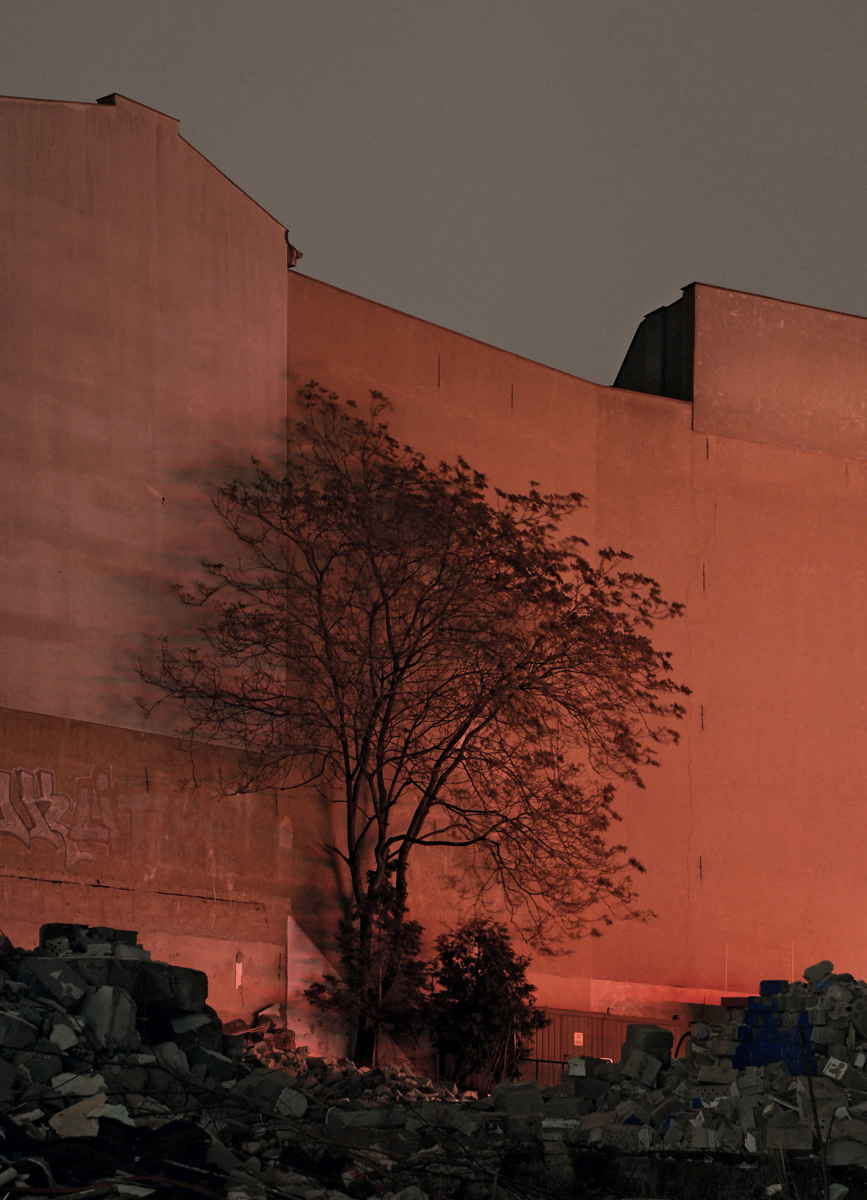
Vision and Existence
Life undergoes a compression in photography. This condensation takes place the crucial moment the shutter is released, as well as through staged interventions that enhance the presence of the subject matter while opening up new possibilities. The experience of individual freedom, rootedness in tradition, religious sentiment and profane existence, an awareness of the fates of strangers, masquerades and imagination – all are captured and concentrated in a single moment. Photography can visually distil the essence in experiences of independence and coercion, in an imagined development of life, future spaces, visions, and utopias – enriching the relationship between reality and imagination, existence and anticipation.
A TRANS (LANDSCAPE PORTRAIT); absolutplus galerie; aff Galerie; Alfred Ehrhardt Stiftung; C/O Berlin Foundation (Talents); Club der polnischen Versager; DAS VERBORGENE MUSEUM; exp12; FOG Platform + Magazine; format.B; Fotogalerie Friedrichshain; Fotoschule Berlin; Galerie Jarmuschek+Partner; Galerie Kornfeld; Galerie Pankow; Galerie Springer Berlin; Galerie WAGNER + PARTNER (Pieces of the Sky); Gallery Taik Persons; Gesellschaft für Humanistische Fotografie; Grundemark Nilsson Gallery; Haus am Lützowplatz; Institut français Berlin; Italienisches Kulturinstitut Berlin; Lette Verein; Martin-Gropius-Bau (Pasolini. Roma); Museum für Fotografie. Sammlung Fotografie der Kunstbibliothek/SMB (Seen By 3); Neue Schule für Fotografie Berlin (SOWIESO, SO ODER SO); Ostkreuzschule für Fotografie; Petra Rietz Salon Galerie; Photocentrum am Wassertor; Projektraum Hochschule für Gestaltung, Offenbach/Satellit Berlin; Projektraum | PhotoWerkBerlin; Robert Morat Galerie; Savoy Hotel Berlin; Scotty Enterprises; Strahler – Raum für Fotografie; Valand; world in a room – projektraum für fotografie; zone B – Galerie

International Perspectives
Photography has given us extraordinary images and ingenious personalities. Its view of world events, its indelible impressions and remarkable scenes has helped shape our conception of life, humanity, the world’s cultures, and the universe. It has awakened our curiosity and relationship to the present, to history, and to memory. Capturing and deciphering the world in all its individual components has always urged photography to focus on the random and remote, to invent new aesthetic forms, to sharpen perception, and even to question aesthetic activity altogether. This last chapter of the photo gallery concentrates on iconic photography and presents examples of this art that break open the significance of the ‘other’ Europe and of ‘upheavals and utopias’, placing Europe in a larger global context.
C/O Berlin Foundation (Portraits of Now, Magnum Contact Sheets); carlier | gebauer; Galerie argus fotokunst; Galerie KunstBüroBerlin; Martin-Gropius-Bau (Walker Evans, The World c. 1914); n-ost; Podbielski Contemporary
